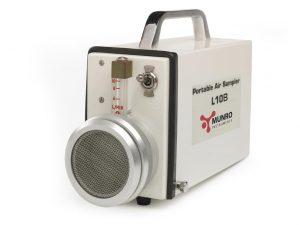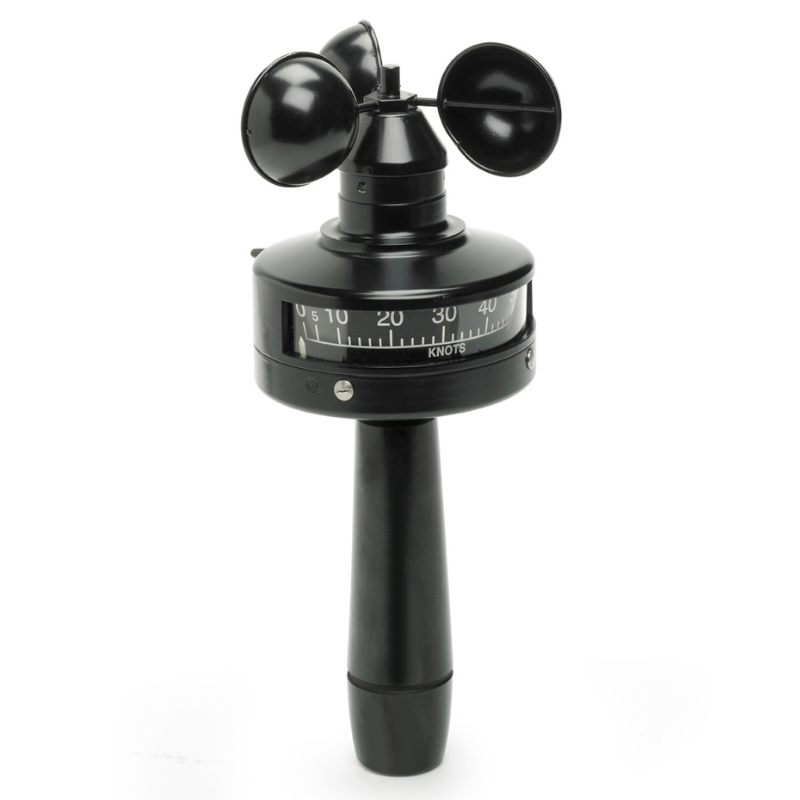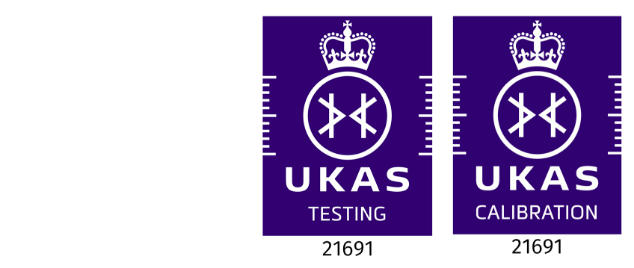An air sampler comprises an inlet that directs air into the collector, a filter that removes bigger particles that could interfere with the analysis.
It is necessary to monitor medical and pharmaceutical plants with microbiological air monitoring. It is considered a necessity in the majority of nations. However, airborne germs and fungus may be just as dangerous in healthcare, food processing plants, office towers and other workplaces. Large amounts of fungal spores in the air may have a detrimental influence on the shelf life of baked products. It has its requirements in various other fields too.
methods for monitoring:
With the help of microbial air measurement, it is possible to determine the percentage of hyphae fragments and germinable spores present in the air. Microbiological air aggregation devices that function in impaction are used to collect the samples. Using a suction device, the microbiological air aggregation device draws in a specific volume of air. It then secretes the airborne spore via a sieve onto the underlying growth media in an agar plate. It is recommended that the afflicted room not be ventilated for approximately 12 hours before the microbiological air assessment and that no dust is raised.
The two primary methods for monitoring are:
- Active sampling
- Passive monitoring
Active Sampling of the Air
Active air sampling entails physically drawing a known air volume over a device of particle collection using a microbiological air sampler. There are two primary varieties: impingers and impactors
Impingers
These capture particles using a liquid medium. Usually, a sampled air is pulled into a tiny flask that contains collection medium via a suction pump with the help of a tube of narrow inflow. This pushes the air toward the collection medium’s surface. The rate of flow is governed by the entrance tube’s diameter. The air quickly changes direction, impinging any suspended material into collection liquid whenever the airstrikes the liquid’s surface. The collecting liquid could be cultivated to determine the presence of live bacteria after sampling. The result is quantifiable, as the sample size can be determined with sampling and the flow rate.
Impingers have drawbacks for routine airborne microbiological testing. Typically, traditional designs are built of glass, which is unsuitable for food and pharmaceutical manufacturing facilities. Cells of some microbial organisms could be damaged as well as prolonged sample times may allow certain cells to grow inside the liquid collection media, which shouldn’t happen.
Impactors
For gathering of particles, solid or adhesive media are used by impactors samplers. Owing to their convenience, they are also far more frequently employed in commercial uses than impingers. Additionally, they are capable of handling greater flow rates and huge sample volumes required for monitoring air quality of clean rooms where microbes are anticipated to be negligible. However, caution must be taken not to leave agar plates in the sampler heads for an extended period of time since the medium can dry out or even degrade.
A pump/fan draws air into the sampling head of a standard impactor sampler and accelerates it, typically by a sieve sampler, perforated plate or a slit sampler, narrow slit. This results in laminar airflow onto the surface of collection, which is frequently a normal agar or contact plate loaded with an appropriate agar medium. The size of the pores in sieve samplers, as well as the width of a slit in slit samplers, are used to calculate the air velocity. When air collides with the collecting surface, it undergoes a change in direction that is tangential. Inertia ejects any suspended particle colliding with the collection surface. Once the proper air volume has been supplied through the sample device, the agar plate is okay to be withdrawn and immediately incubated. Counting visible colonies after incubation provides a direct quantitative indication of the number of units that are colony-forming in the sampling air.
2. Passive Monitoring:
Conventional Petri dishes with appropriate cultural medium that is unsealed and subjected for a specified period of time before being incubated for permitting visible colonies to grow and be counted. Settle plates have a very restricted applicability as they’re only able to monitor living biological particles that settle outside the air then settle onto a surface with time. They are also susceptible to contamination through sources that are non-airborne. They are unable to detect finer particles in air, and they are unable to sample exact amounts of air. Therefore, no quantitative results are found. Settle plates are prone to be overrun in highly contaminated environments, and it can be challenging to interpret the data they generate. If exposed for an extended period of time, the plates of the agar growth medium may degrade. For the pros, they are advantageous for a qualitative investigation of airborne microorganisms and are affordable as well as simple to use.
MUNRO Air Samplers
They have a broad range of applications and are used widely in the nuclear, construction, agricultural and manufacturing industries.Air samples are taken to measure the concentration of harmful airborne contaminants. This is for health-and-safety purposes and to monitor compliance with industry regulations.







